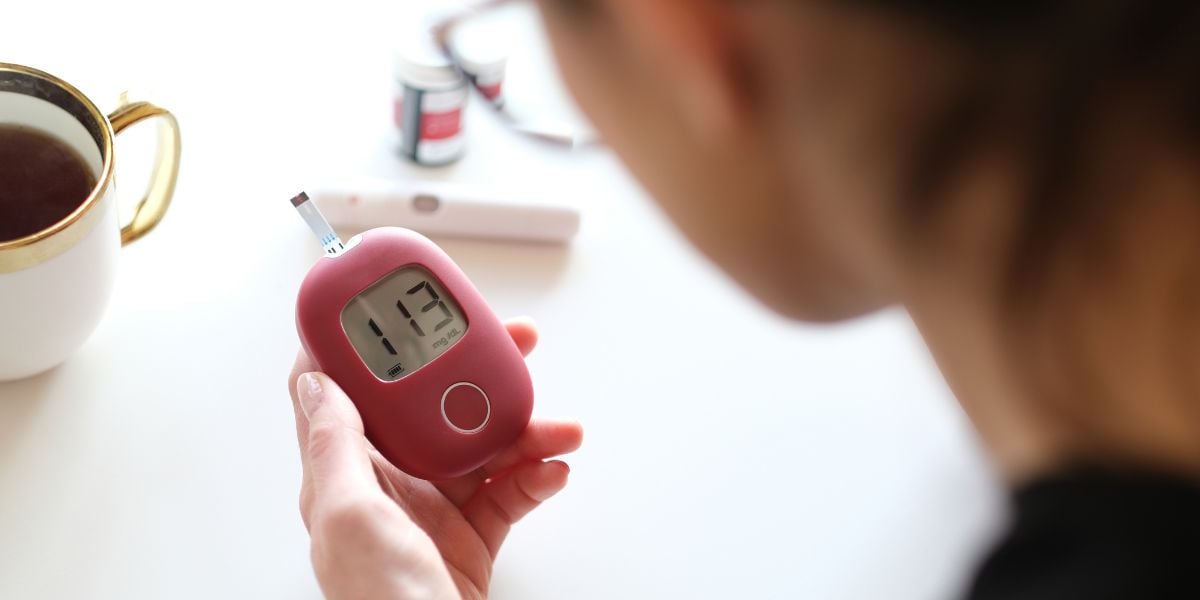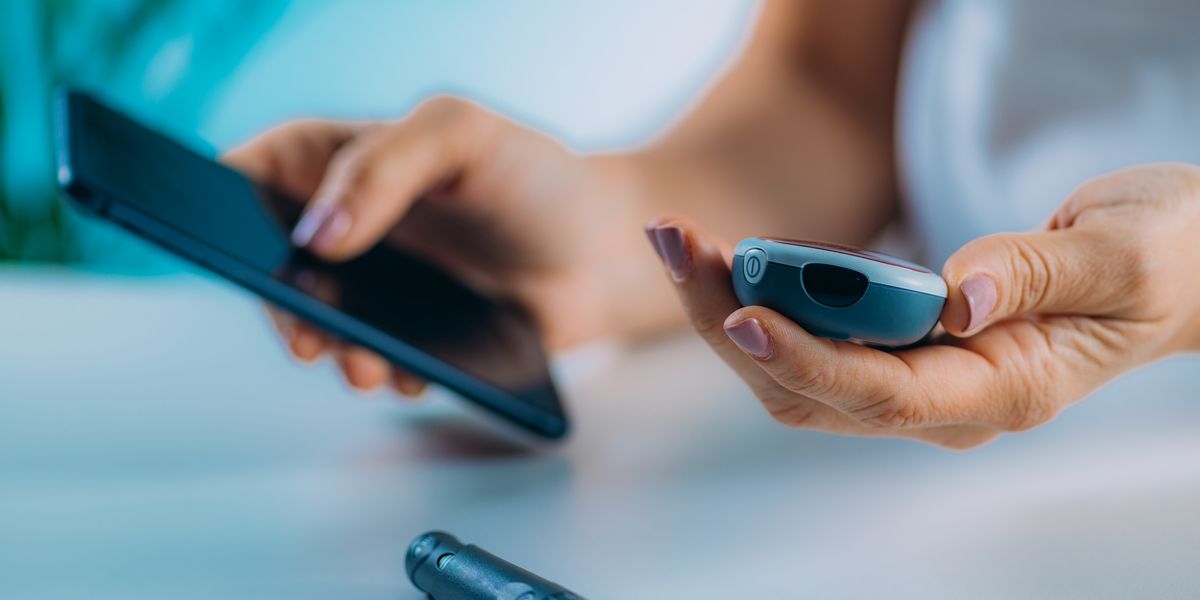Blood glucose testing tends to throw up a few questions, even amongst those who have been blood sugar testing for many years.
Our blood testing FAQs aim to answer some of the more common questions surrounding blood glucose testing.
What numbers should I be aiming for with my blood sugar numbers?
The ultimate aim is to achieve numbers as close to non-diabetic values as possible, this being between 4 and 6 mmol/L before meals and below 8 mmol/L after meals
For some people, such as children or those at risk of hypoglycemia , the recommended guidelines may be broadened.
- Recommended blood sugar level ranges
How often should I test my blood glucose levels?
There’s no hard and fast rule about how often one should test as different people will have different regimes.
The simplest answer is to test as many times as it takes to feel confident about your blood glucose control, however, not everyone may be happy testing several time per day and some may not be prescribed as much blood test strips as they’d like.
It is advisable to test either side of meals, once before eating and again after the meal to gauge how different meals affect your sugar levels.
It is a good idea to test before and after sleep until you have a good idea of whether your sugar levels are rising, falling or staying put over night.
Should I have access to blood glucose test strips?
The National Institute for Health and Clinical Excellence (NICE) has drawn up a number of guidelines to address the situations whereby people with diabetes should have access to test strips, one of which is “to assess changes in glucose control resulting from medications and lifestyle changes”.
Health centres should not apply blanket bans on prescribing test strips and should judge each case on an individual basis.
Which is the best blood glucose monitor to test my blood sugar with?
To help answer this question we have a guide to blood glucose meters which includes which features to look out for in a glucose monitor and reviews for all widely available blood glucose testing kits.
Is there an alternative to pricking your fingers for blood tests?
Pricking your fingers on a daily basis can lead to tough or callused skin, particularly if you have overused a particular part of a particular finger for blood tests.
Fingerstick tests can also be painful as there are a high density of nerve endings towards the ends of the fingers. Thankfully, some meters exist which allow for Alternate Site Testing, which is where you use an alternative part of your body to take blood from.
This is usually the lower arm but check you meters instructions to see if the meter supports Alternate Site Testing and where it recommends you take blood from.
Not all meters are recommended for use of alternate site testing and you should be aware that Alternate Site Testing may lead to different results than you may get with finger testing as there can be a lag between blood sugar levels in the fingers and other parts of the body.
The meter’s information leaflet should be able to provide guidance so read it with care.
How accurate are blood glucose meters?
Blood glucose monitors are allowed to have up to 20% error in accuracy.
Meter companies recognise the importance of an accurate meter and there is a certain amount of competition to produce the most accurate blood glucose meter.
Different meters may also vary compared with each other as a result of environmental conditions, such as heat, low temperatures or humidity.
One of the best ways to ensure accurate blood test results is to wash and dry your hands (or alternate site) before testing as unwashed hands can sometimes make a marked difference to the reading.
Why are some meters and strips coded?
Each batch of test strips has a slightly different sensitivity which can affect the accuracy of the test result if the code of the test strip does not correspond to the code setting of your meter.
To make things easier, meter companies are making things easier for us these days by featuring technology that takes away the need to manually enter a code.
Bayer meters are an example of those that have no coding technology. Check whether your meter needs to be coded manually or not. If it does, remember to check the codes each time you test.






